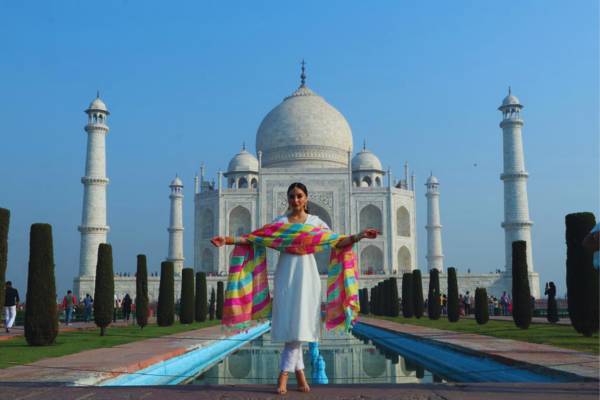About Us definitely gives an experience that leaves a deep and lasting impression on anyone who witnesses its breathtaking beauty. I had always dreamed of seeing this magnificent structure in person, and when the opportunity finally presented itself, I knew it would be an unforgettable journey. My Taj Mahal tour was not just a visit to a historic site. But it was an exploration of love, art, history, and architecture, all wrapped into one unforgettable experience.
The Taj Mahal, located in Agra, India, is one of the New Seven Wonders of the World and a UNESCO World Heritage site. Specially built by Mughal Emperor Shah Jahan in the mid-17th century as a mausoleum for his beloved wife Mumtaz Mahal. The Taj Mahal stands as a symbol of eternally love.
As I approached the site, I felt a sense of awe and reverence. The pristine white marble structure, shimmering in the sunlight, looked as if it were floating on air. The symmetry and beauty of the Taj Mahal are truly mesmerizing, and no photograph can truly capture the magic of seeing it in person.

